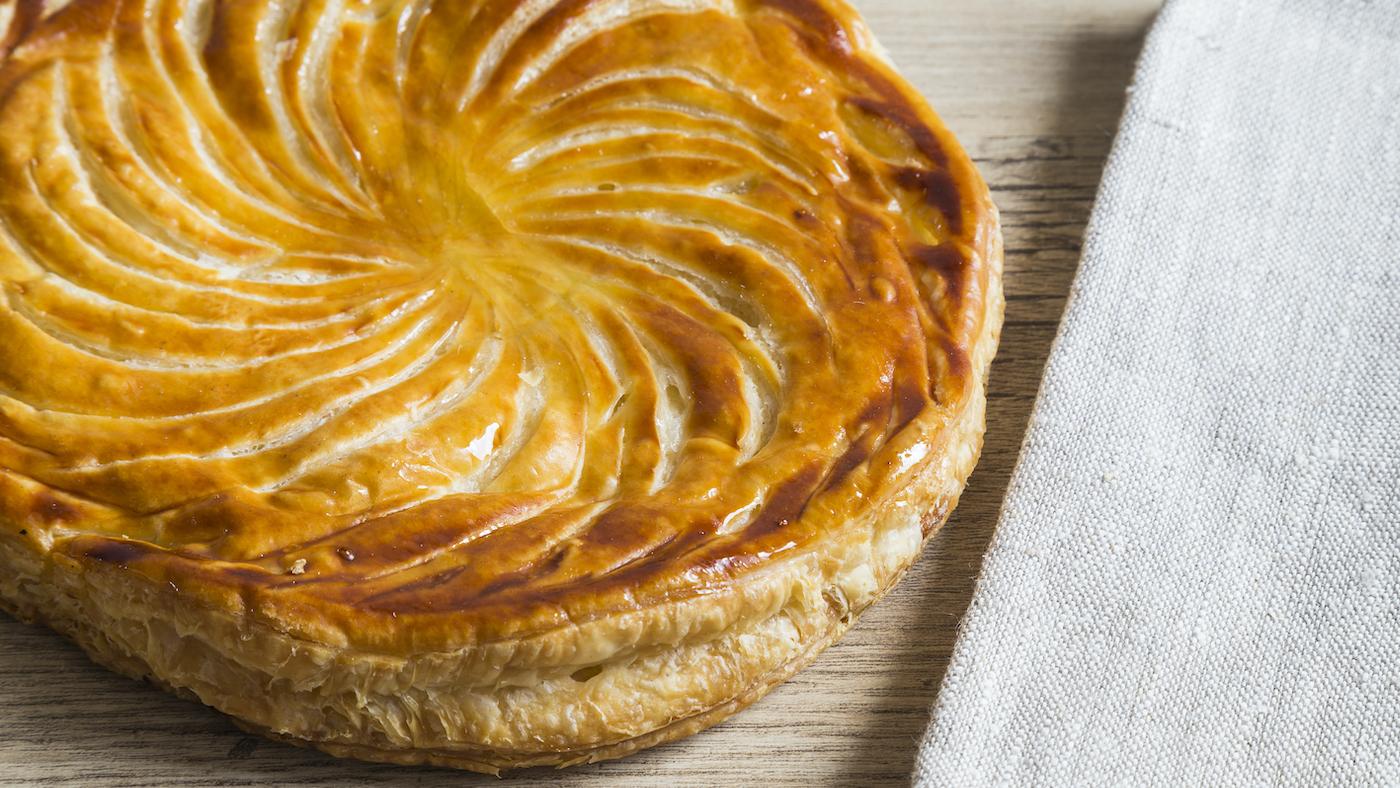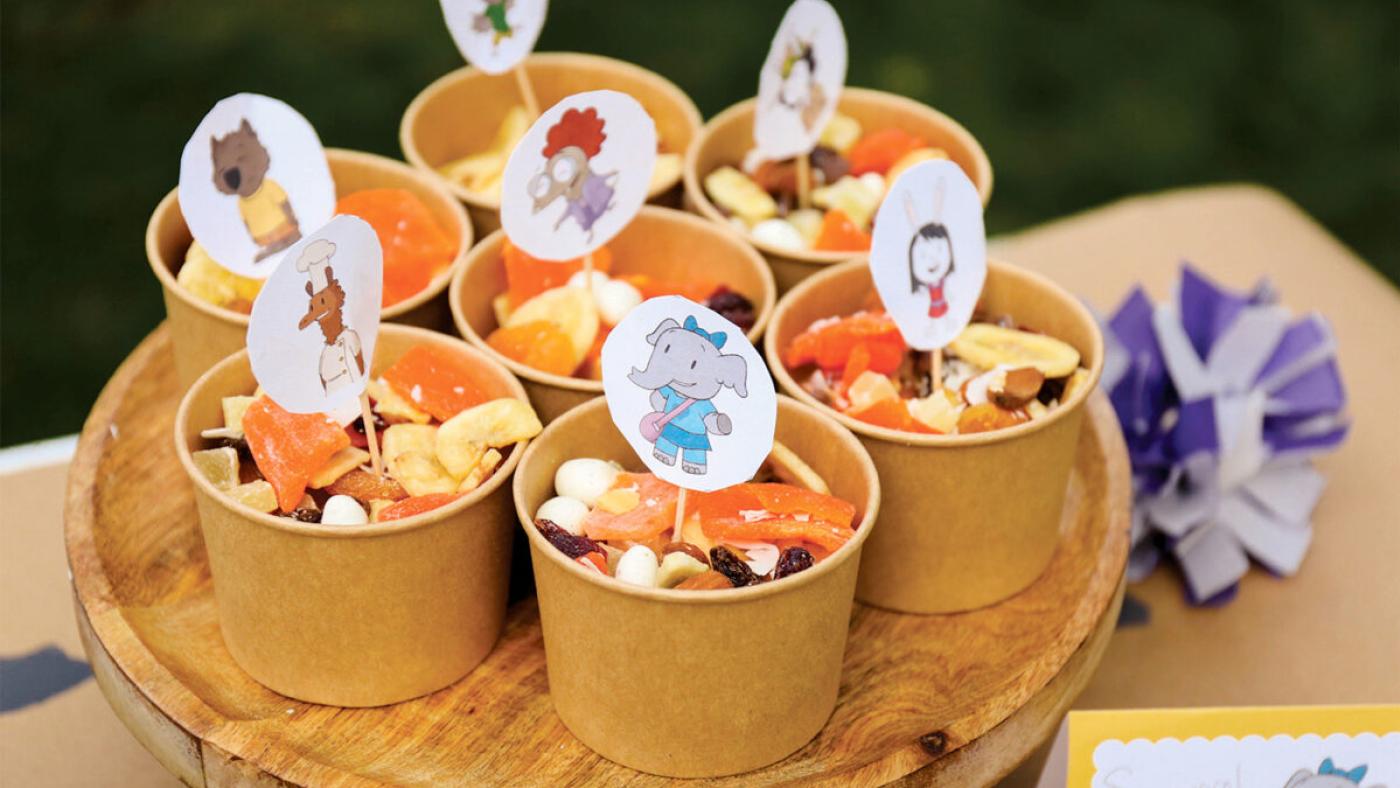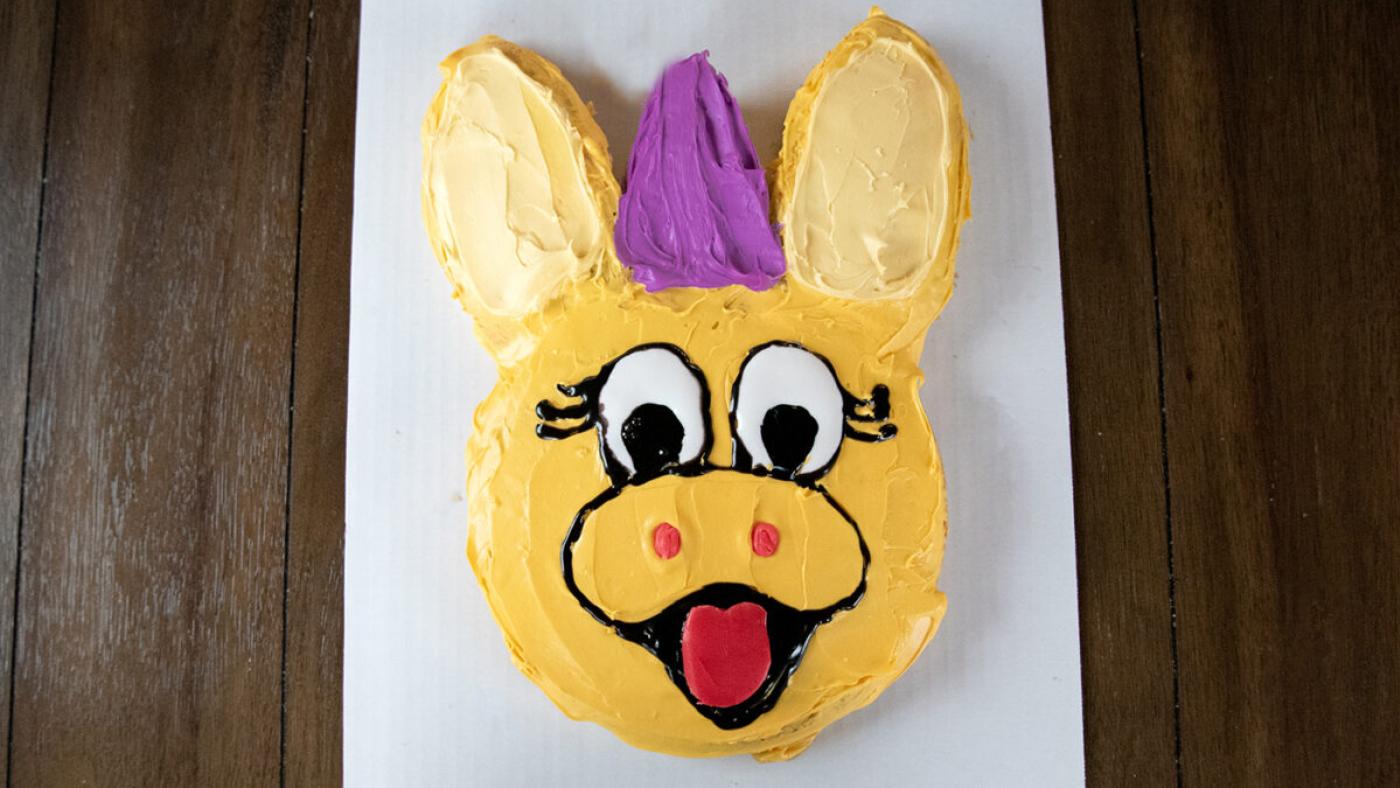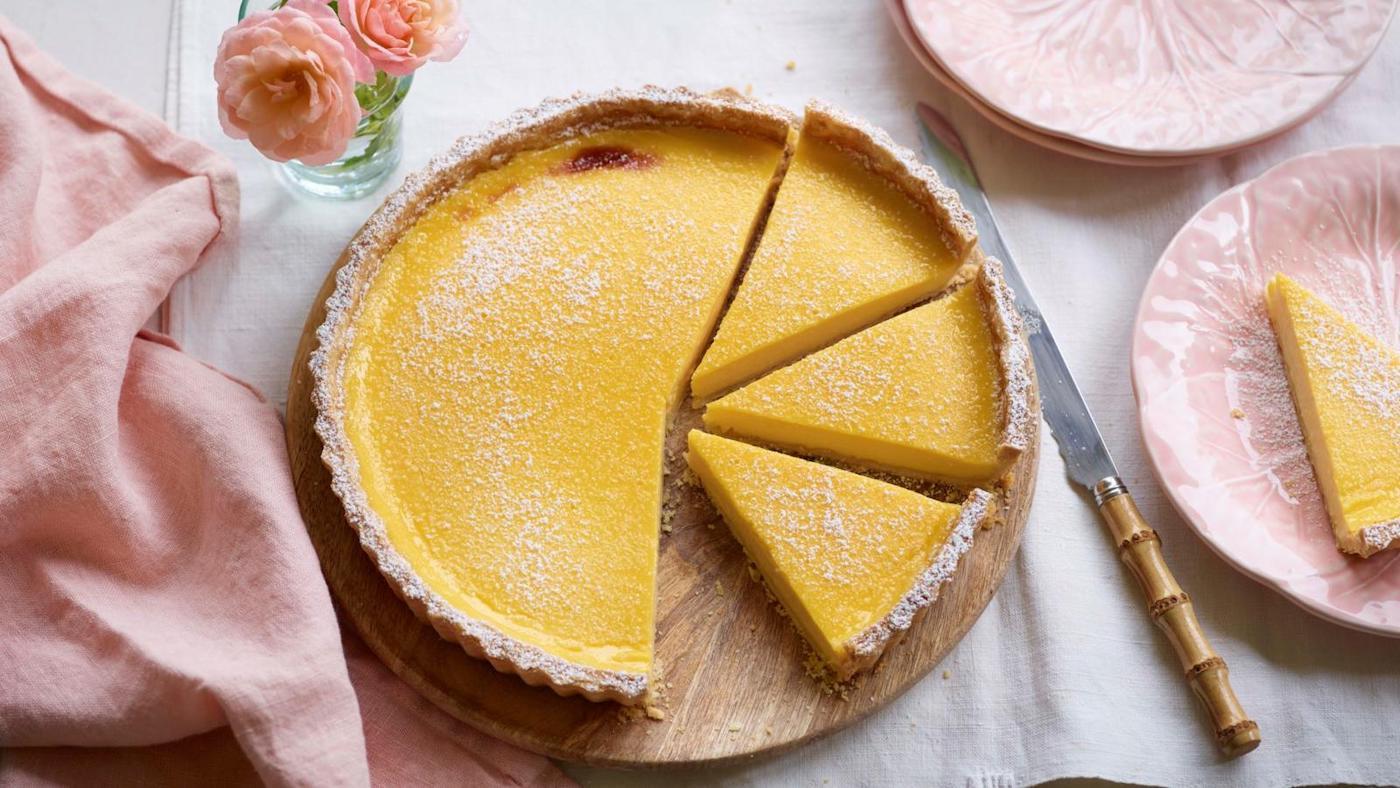King Cake Isn't the Only Special Dessert for this Season. Discover Its Relatives, Which You Can Try in Chicago
Daniel Hautzinger
January 4, 2024

Get more recipes, food news, and stories by signing up for our Deep Dish newsletter.
With the holidays gone and another gray winter fully settling in, you need something to keep you going. What better than specialty baked goods? Most Chicagoans are probably aware of Pączki Day, the Thursday or Tuesday before the Christian period of Lent, a time of fasting. That Fat Tuesday or Mardi Gras features lots of rich, traditional sweet treats from around the Christian world designed to use up ingredients forsaken during Lent, including pączki, other doughnuts, and the legendary New Orleans king cake.
But king cake was originally associated with another holiday: Epiphany, or Three Kings’ Day, on January 6. Coming twelve days after Christmas (hence the “Twelve Days of Christmas” and the feast of Twelfth Night), it marks the visit of three magi or wise men bearing gifts to the newborn Jesus Christ in the Bible and concludes the Christmas season.
Various European countries began celebrating Epiphany with some form of “king’s cake,” which is generally round and contains some object inside. In France, it was a fève, or bean of some sort. Tradition says that whoever had the bean in their slice paid the bill, which apparently led to some shirkers swallowing the bean; bakers began including porcelain beans to forestall that possibility.
That practice has become a bit more positive, as today whoever finds the bean becomes “royalty” for the day with a paper crown that comes with the cake – though they’re not off the hook entirely, as they must buy next year’s cake.
The northern French galette des rois consists of almond frangipane inside a puff pastry crust, and can be found at numerous Chicago bakeries throughout the month of January. Floriole adds chocolate, hazelnut, and orange Cointreau to the almond filling, while Vanille offers a variety of flavors: regular frangipane, chocolate chip frangipane, apple frangipane, and apple compote. You can also find galette des rois at La Fournette, Maison Parisienne, and Bittersweet. You may have to order ahead for some of these bakeries; we advise checking their website, calling, or emailing ahead.
In southern France, where the cake is known as a gâteau des rois, as well as in Spain and Portugal, the dessert tends to be made of brioche and feature candied fruit and sometimes orange blossom flavoring. It features a hole in the center, and is said to look like a crown. It is this version that was brought to Louisiana by the French, and eventually became the king cake beloved in New Orleans today.
Just as the brioche dessert acquired cinnamon, cream cheese, icing, and purple-green-and-gold sugar in New Orleans, so its season also expanded. It is now more associated with Mardi Gras than Epiphany, although Epiphany does mark the beginning of Carnival season and thus king cake season. The fève has also been replaced by a plastic baby, making literal the connection to the magi’s visit to the baby Jesus. (The baby is often included outside the cake these days, lest someone choke.)
Spaniards also brought their Epiphany cake to the Americas, likely later than the French. According to the New York Times, people fleeing the Spanish Civil War in the 1930s to Mexico likely brought rosca de reyes, as the dessert is known in Spanish. Mexican rosca de reyes has not transformed as much as New Orleans king cake: the main change is to use a plastic baby inside and to switch out the candied fruit for the indigenous acitrón – although the cactus from which it is derived is endangered and thus protected, so jicama or other fruits have started to replace it.
Mexican rosca de reyes is typically eaten with warm drinks such as the masa-based champurrado, sweetened coffee café de olla, or hot chocolate. Whoever finds the baby in their slice is said to receive good luck, but also has to host a tamale feast on Día de la Candelaria, or Candlemas, on February 2.
Rosca de reyes has become so popular that even the mass-produced international brand Bimbo now offers a version. In Chicago, many panaderías make them for Día de los Reyes Magos on January 6, including Pan Artesanal, Panadería Nuevo Leon, El Nopal Bakery, La Florencia Bakery, and La Piñata Bakery in Lincolnwood, which has strawberry, guava, and cream cheese flavors. Again, we suggest calling ahead to see if a pre-order is required.








